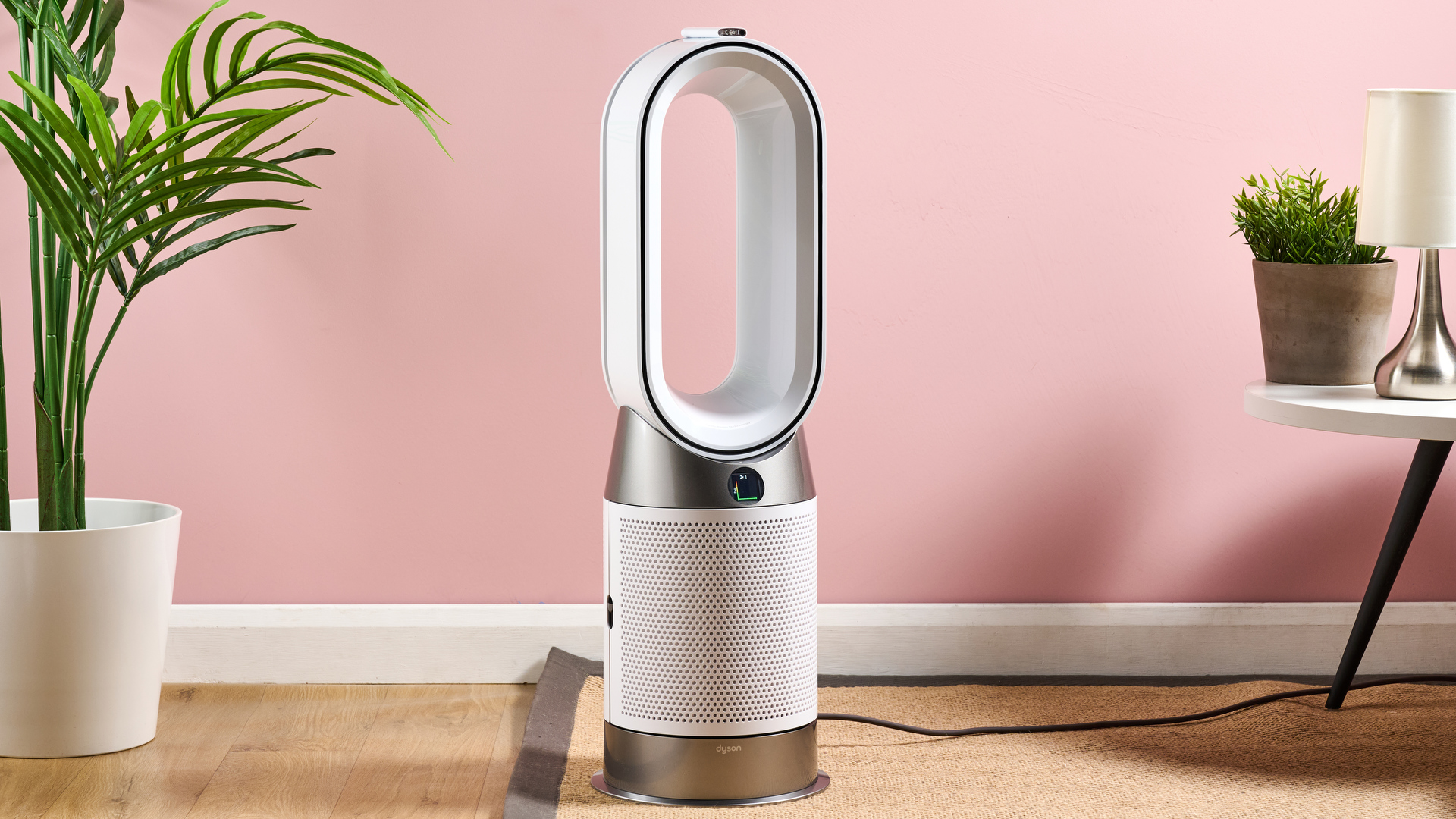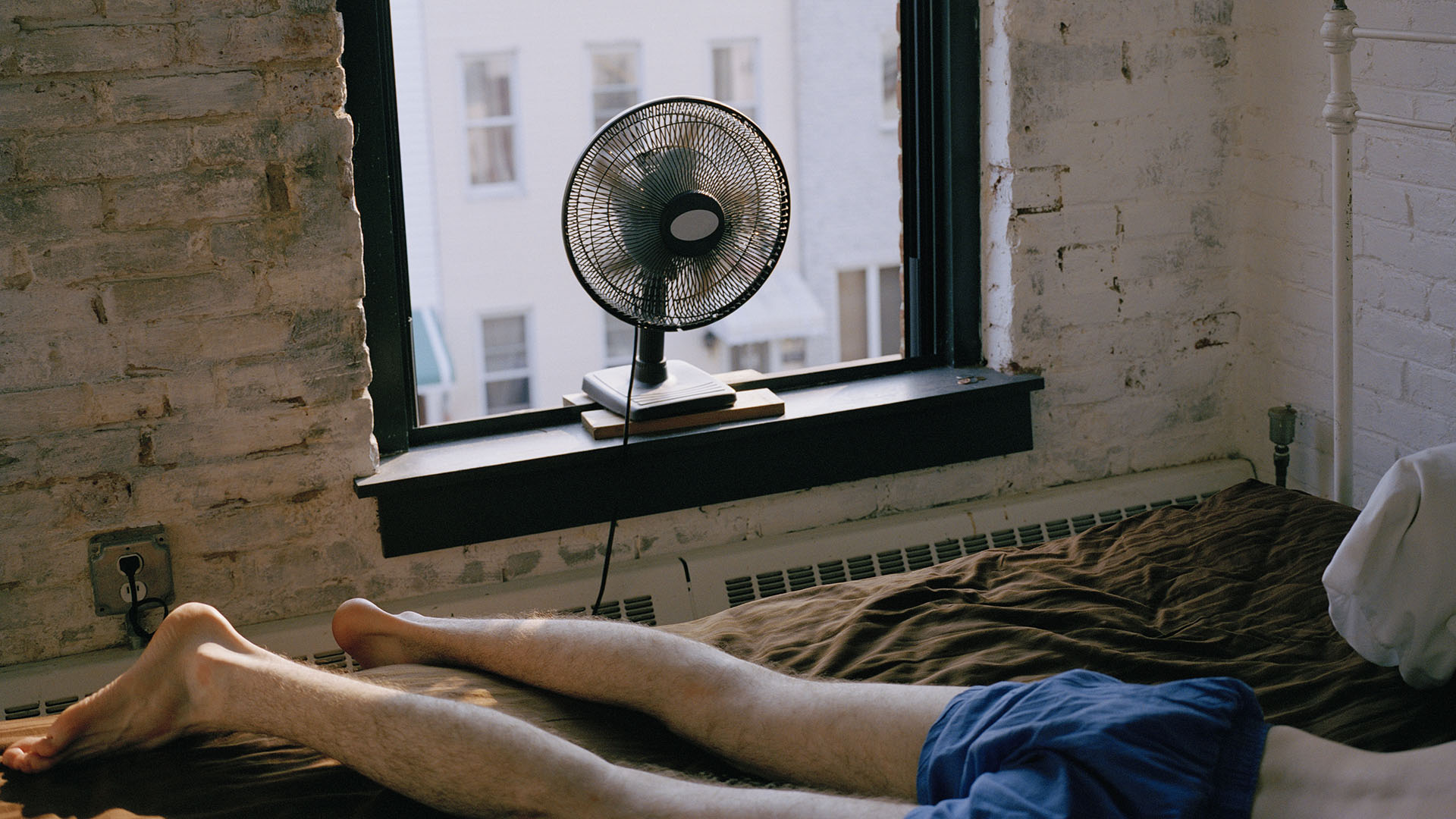I've been using my fan wrong all my life, and you probably have too – here's the secret trick to speedy nighttime cooling
Overheating at night? Time to embrace negative pressure ventilation

We're entering the 75th heatwave of summer 2025 here in the UK, and I'm really done with being kept up at night trying to cool myself down. My house is kitted out with some of the best fans around, but they're having a limited effect.
Today, I came across an article suggesting that I've in fact, been using my fan entirely wrong. Apparently, what I should have been doing is pointing it out of my room at night, rather than into it. Sounds counter-intuitive, to say the least, but after digging a bit further, it sounds like there's some solid science behind it.
The original article is on a site where people share instructions on how to do specific things, and it comes from an ex-firefighter who used to use the method to rapidly change the air in a smoke-filled home. It's all based around something called negative pressure ventilation (NPV).

Typically, fans don't actually cool the air in a room. Instead, they encourage the evaporation of sweat off the skin, making you feel cooler when they're pointed at you. The idea of the NPV method is to draw cool air from outside into the house, and push out the hot air that's built up there. As such, it's designed to be used in the evening, when the temperatures outside have fallen, but your bedroom has remained stubbornly sauna-like. Here's how it works...
How do I use the NPV method to cool a room?
Unless you're working with an industrial-sized fan, you'll only be able to cool one room at a time in your home. Let's assume you want to cool your bedroom to enable you to sleep better.
When the temperatures have dropped outside, close all the doors and windows in your home, with the exception of one window in your bedroom, your bedroom door, and a window at the other end of the house to your bedroom. These all need to be left open.
Position your fan around 3-6 inches from the bedroom window, pointing outwards, then switch it on to its maximum setting.
How does the NPV method work?
Switching the fan on creates an area of low pressure inside the house, behind the column of fast-moving air generated by the fan, and encourages cool air to rush in through the other open window to fill the space.
For it to work well, the fan needs to be positioned a short distance from the window rather than directly in it. There are more tips and tricks for a successful NPV cooling setup in the original article.
I haven't had a chance to try this method out yet, but I'm going to do so this week and report back on my findings. If it works as well as commenters on the original article suggest, this could be a game-changer for my summertime sleep quality.
You might also like...
- 'You get the best of both worlds' – an expert reveals why an air circulator is better than a regular fan this summer
- Pedestal fan vs tower fan: what's the difference?
- After months of testing Dyson fans, I’ve swapped back to a cheap air circulator – here are 6 reasons why
Sign up for breaking news, reviews, opinion, top tech deals, and more.

Ruth is TechRadar's Homes Editor specializing in air (vacuum cleaners, fans, air purifiers), and hair (hair dryers, straighteners and stylers). She has been in consumer journalism since 2020, reviewing and writing about everything from outdoor kit to mattresses and wellness gadgets, with stints on Tom's Guide and T3.
You must confirm your public display name before commenting
Please logout and then login again, you will then be prompted to enter your display name.